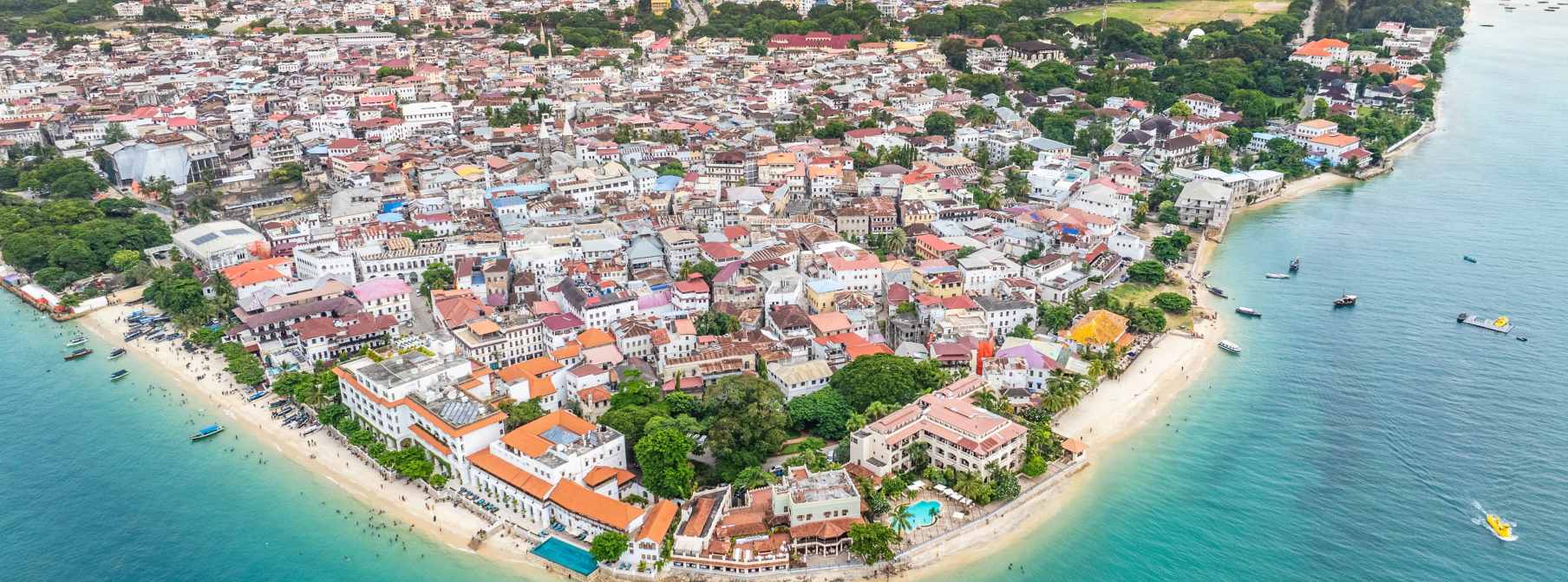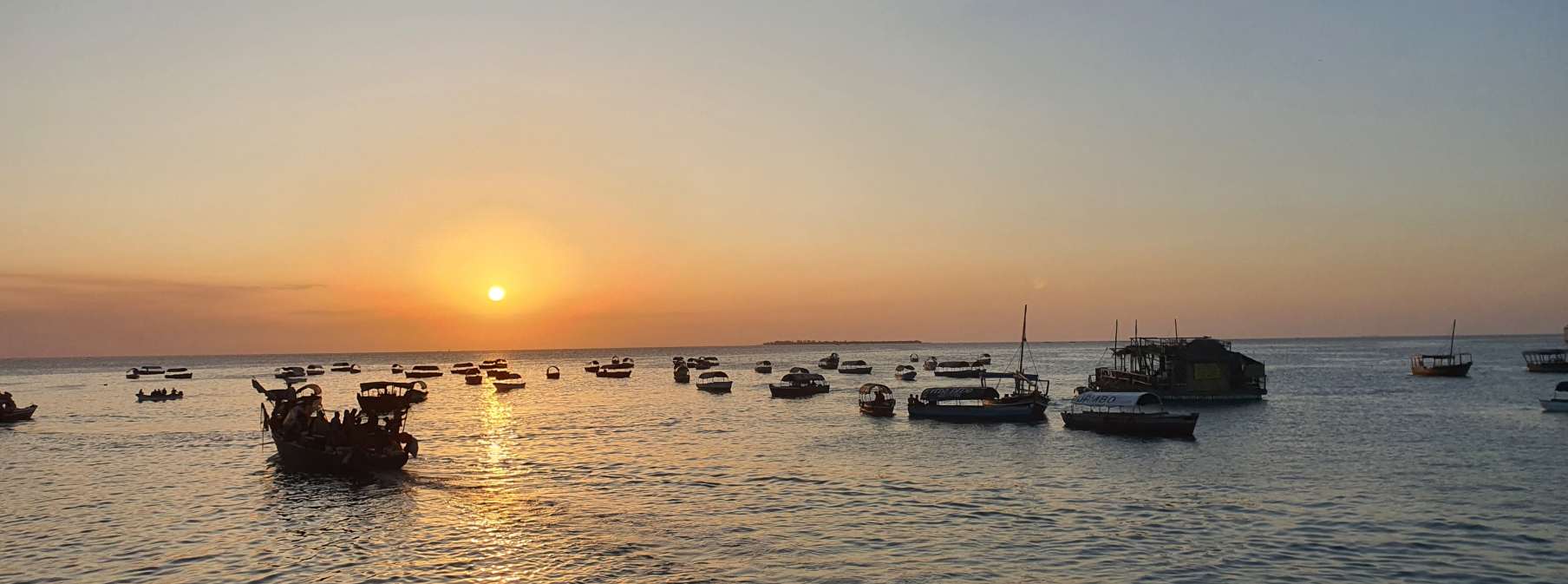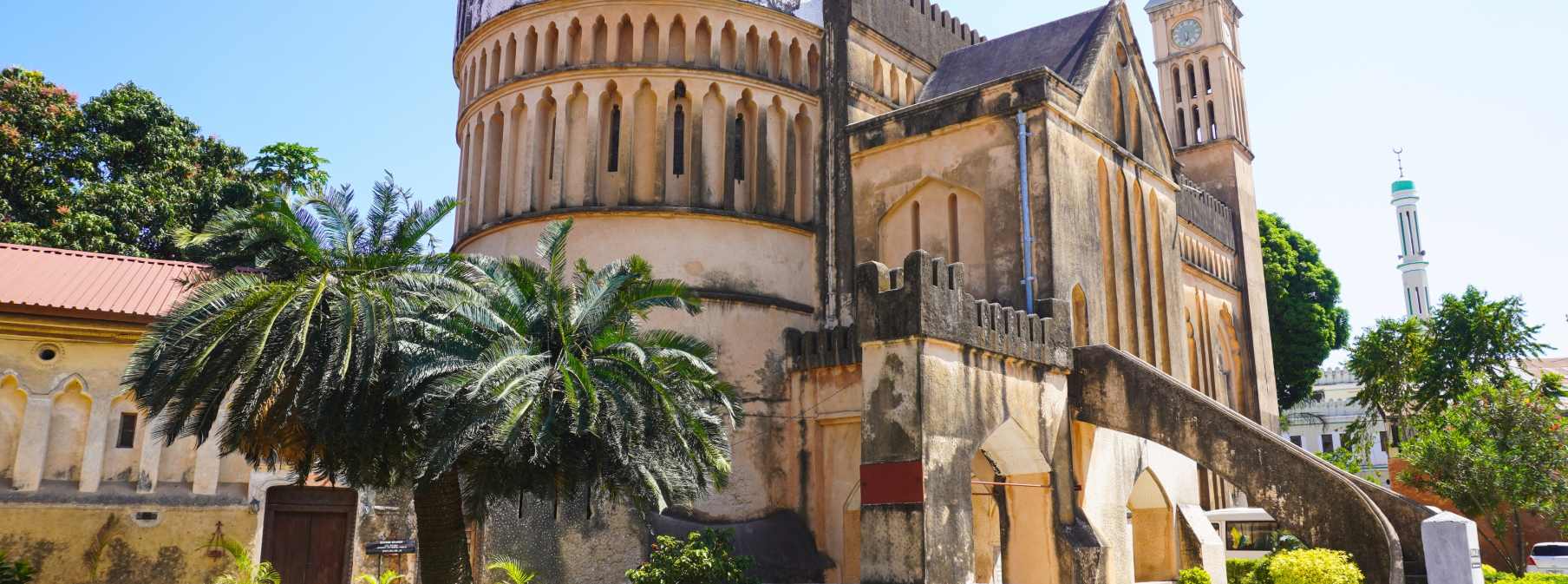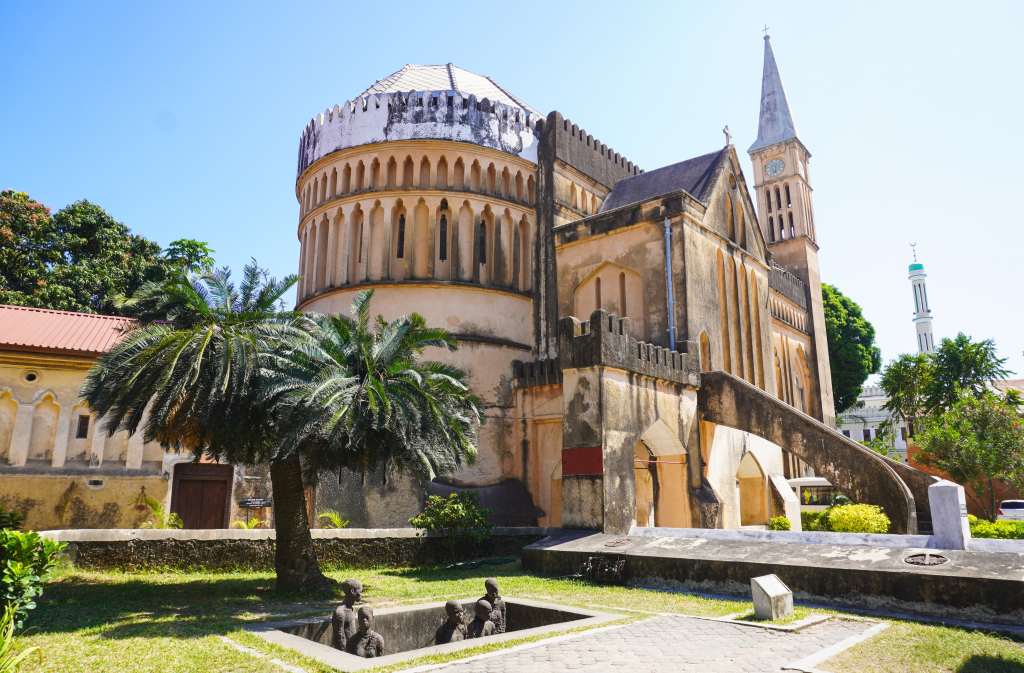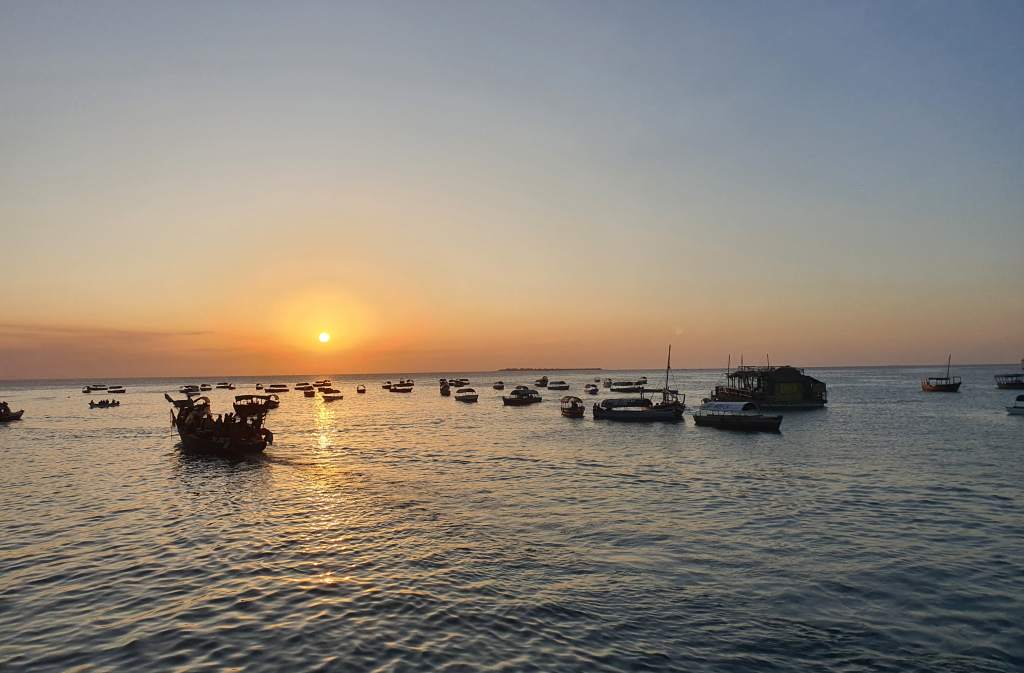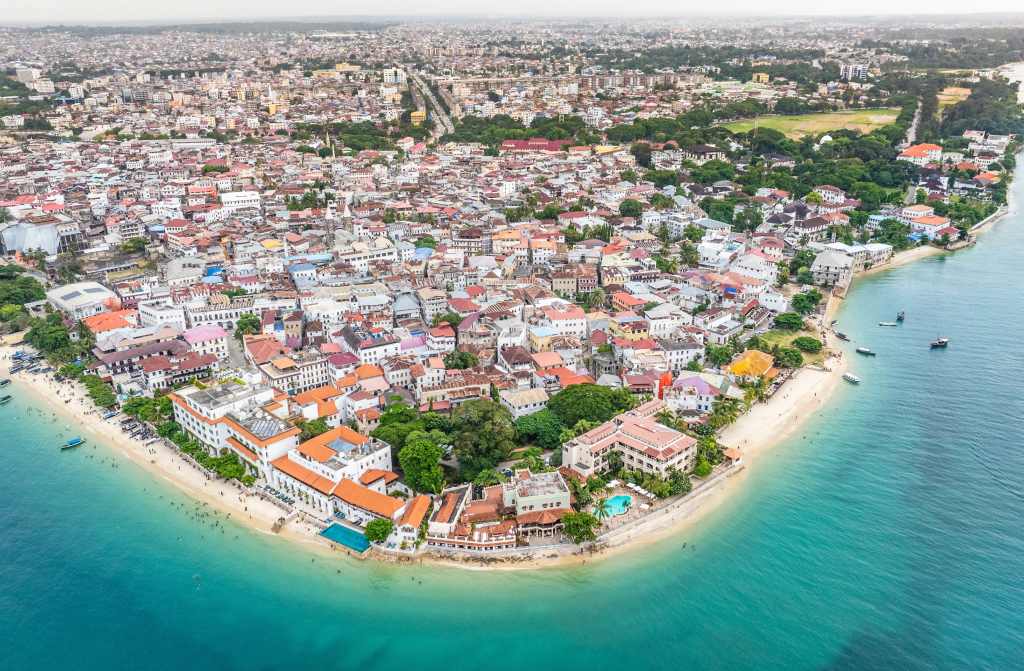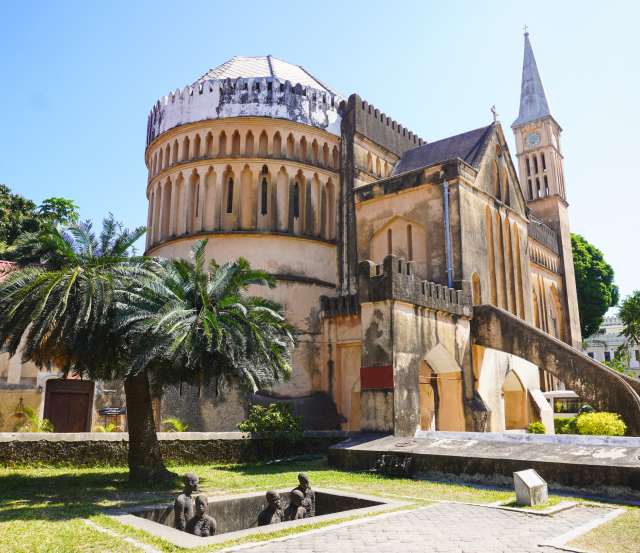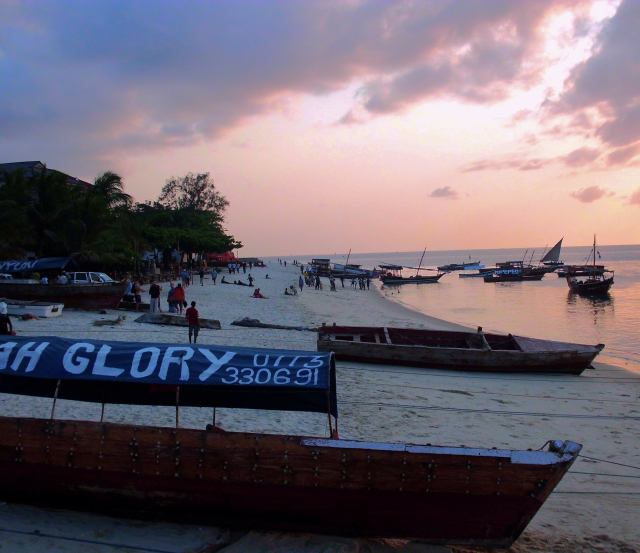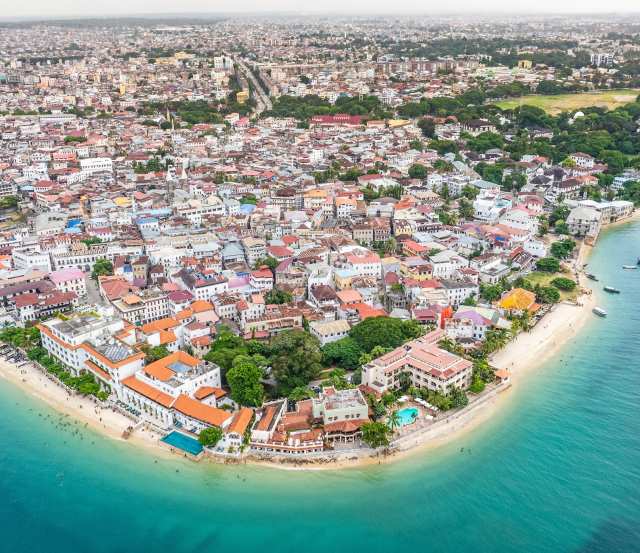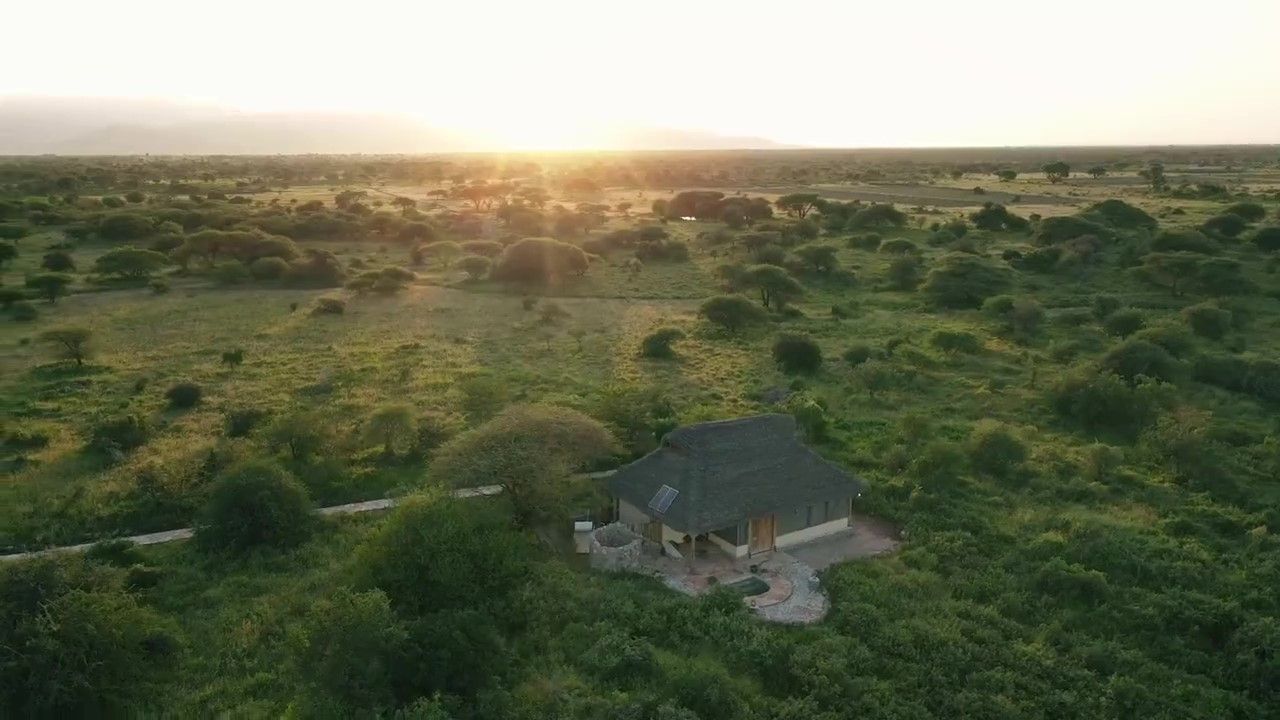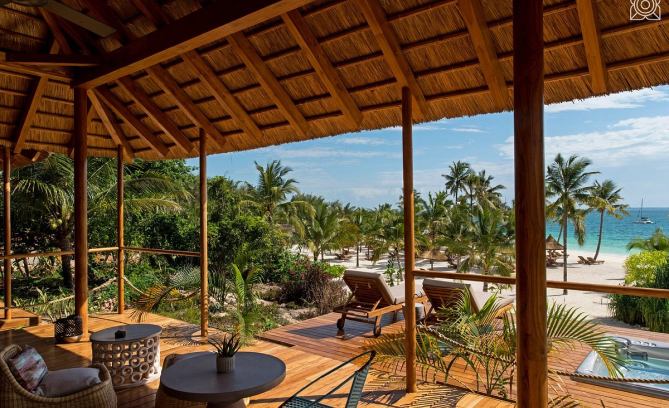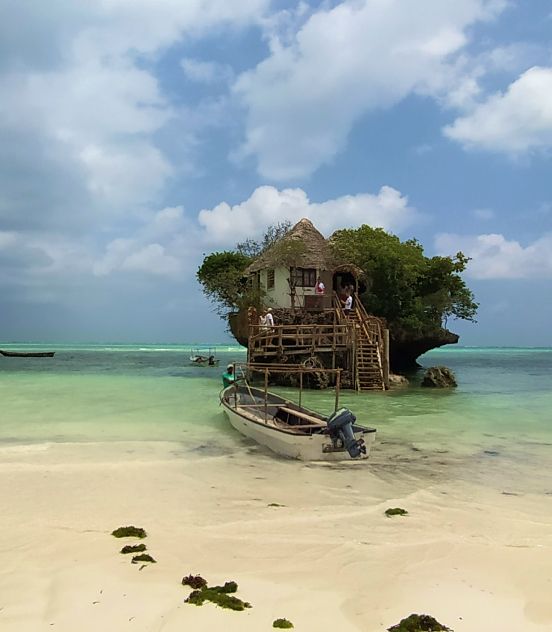Visit Stone Town,
the city of stone with its coral houses.
Stone Town is the historic district of the city of Zanzibar.
It gets its name from its unique architecture. The old houses in the heart of the city were built with coral stone and form a heritage recognized by UNESCO in 2000.
One can stroll with eyes up, admiring over 2,500 multi-story houses, each with entrances sealed by large carved wooden doors and enormous copper nails. The narrow streets are teeming with small craft shops.
As of 2002, Zanzibar City had a population of 205,870 inhabitants.

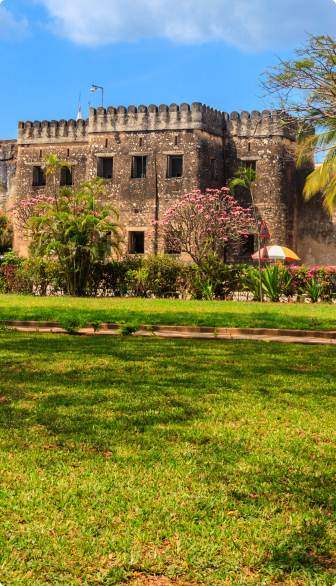

A journey to the heart of Tanzania's most beautiful landscapes.
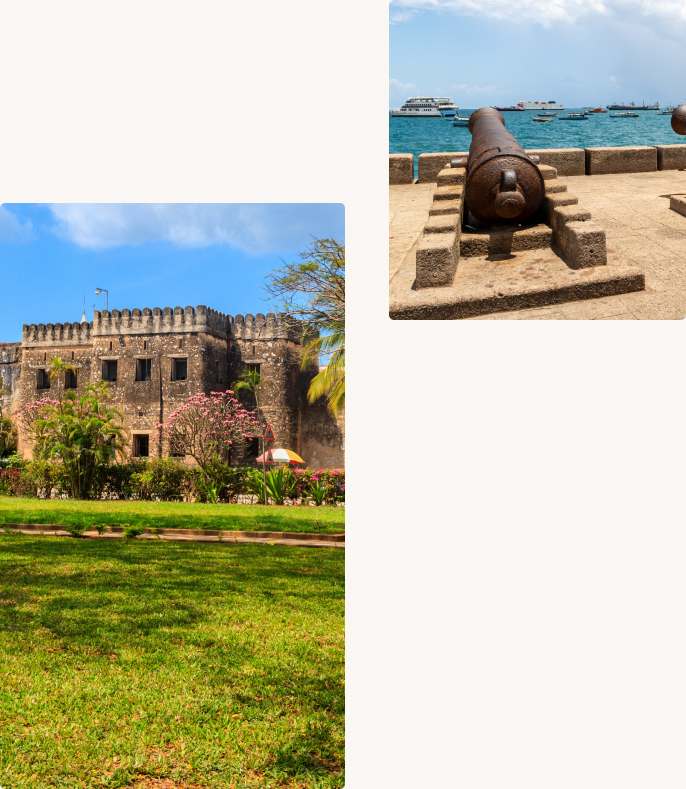
Habitat
& Animals
Stone Town, the historic district of Zanzibar, is famous for its unique coral stone architecture. It has been listed as a UNESCO World Heritage site since 2000. Here, you'll discover over 2,500 multi-story houses adorned with intricately carved wooden doors and large copper nails. The narrow alleyways are brimming with craft shops and authenticity.
Look out for:
· Tortoises of Prison Island
A journey to the heart of Tanzania's most beautiful landscapes.
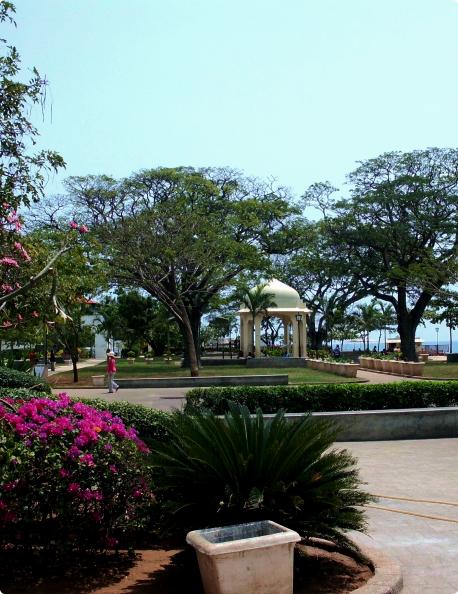
SWAHILI
Swahili, or Kiswahili, is spoken across a vast region of East Africa. It is one of the national languages of Tanzania, Kenya, Uganda, Rwanda, the Democratic Republic of Congo, and the Comoros.
One of the foundational elements of standard Swahili is Kiunguja, the historical dialect spoken in Stone Town.
Muslim traders along the coast initially used Swahili as a lingua franca. It was not a native language but was used for travel and trade. Missionaries adopted it in the 19th century, and the language spread inland in various forms. In the 1930s, colonial authorities standardized the different dialects of Swahili, establishing it as the official language.
Swahili uses 7 noun classes (14 with plurals) and 1 class for verbs. The verb consists of a root, with prefixes and suffixes added.
Swahili is now written in the Latin alphabet, but it was also historically written with the Arabic script.
 The House of Wonders
The House of Wonders
Visit the House of Wonders, a historic and iconic palace, known for its colonial architecture and exhibitions on the history of Zanzibar.
 The Market
The Market
Wander through the lively market of Stone Town, where you’ll find local spices, tropical fruits, and traditional crafts.
 Forodhani Gardens
Forodhani Gardens
Relax at the Forodhani Gardens, a waterfront gathering spot where you can taste local specialties in a vibrant atmosphere.
 Prison Island
Prison Island
Explore Prison Island, an island near Stone Town, known for its giant tortoise colony and its former prison, now transformed into a museum.
 The Slave Monument
The Slave Monument
Visit the Slave Monument, a poignant memorial site that tells the story of the slave trade in Zanzibar, located at the former slave market site.
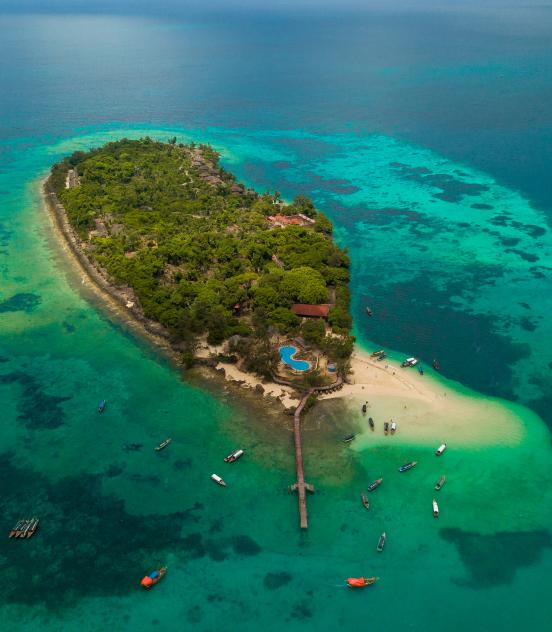
Your highlights
Drink fresh sugar cane juice
Evenings at Forodhani Gardens
Shopping
Zanzibari Style
Where to sleep
to make the most of Stone Town
These accommodations
have been selected with care
by our team.
Tembo
Emerson
Zanzibar Palace
Tembo
Emerson
Zanzibar Palace

Expert's tip
“During your stay on the island of Zanzibar, we recommend spending a night in Stone Town, either on arrival or departure, and at least 3 nights on the East Coast by the beach. The historic district of the city is noisy, busy, and very touristy, and it is often very hot. Opinions are divided; you either love it or hate it. However, the city is an integral part of the life of the archipelago, and we suggest spending a night there to make your own experience.“
Marie, Director
